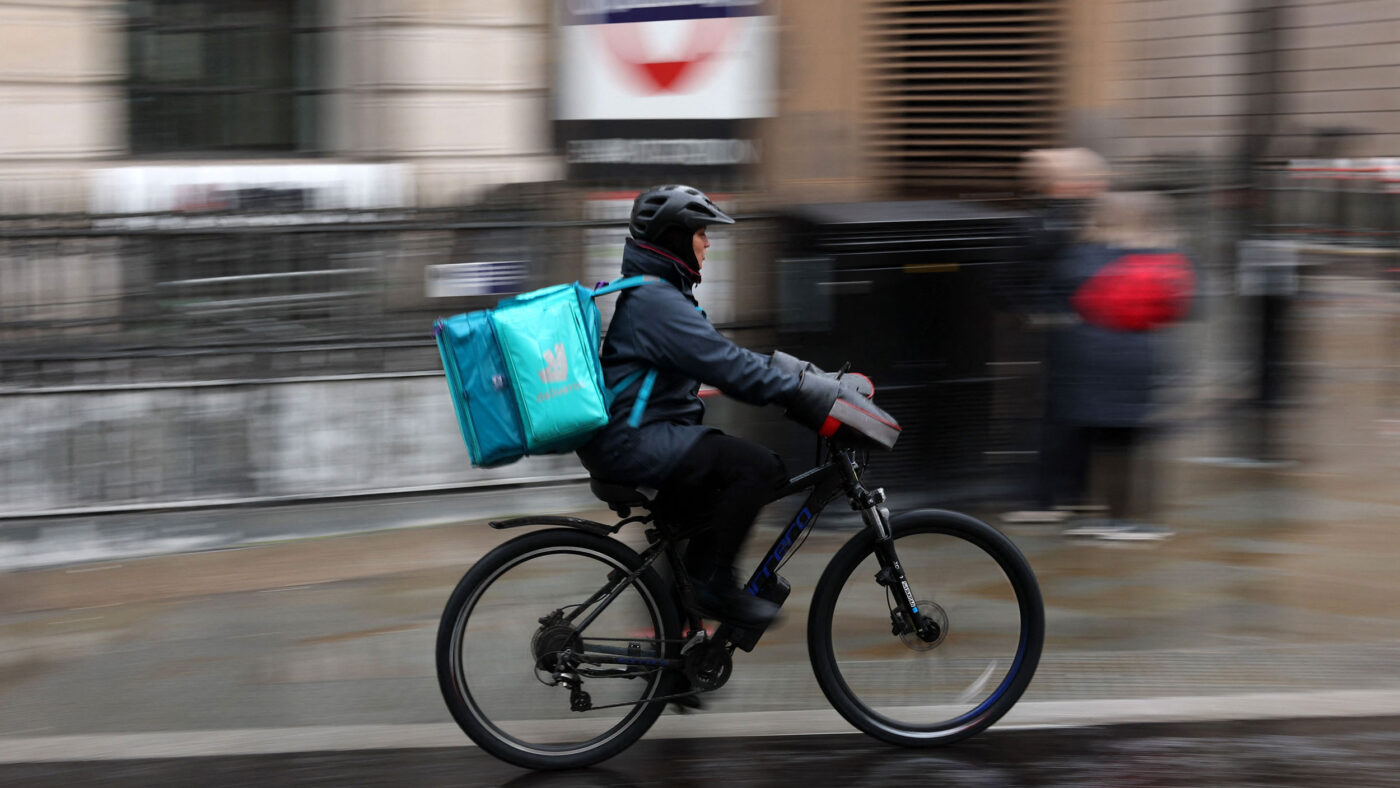Since immigration levels first rose under Tony Blair, our immigration debate has developed a curious rhythm.
First, the British electorate expresses unhappiness at the scale of immigration. The government therefore promises to alleviate these concerns, and comes up with a policy that will reduce said immigration. Suddenly, a discordant note; it is pointed out that this policy may, in fact, prevent a group of people coming to the UK. Shocked by this revelation, the government does nothing instead. Immigration continues to rise; the British electorate grow more dissatisfied.
And so it was with the government’s latest announcement, that student dependents would be prevented from coming to the UK. Economist Anton Spisak called it ‘an idiotic policy’, which is characteristic of the framing of every measure designed to reduce immigration. But the reduction in student visas is not an idiotic policy; nor is it one which will affect the competitiveness of the UK higher education sector. Nor, even, will it strike a blow to the UK’s much-vaunted, forever intangible and questionably useful soft power.
The rise in student dependent visas has been astonishing. Since 2019, they have risen by 750%. I am going to repeat that, so both you and my editor know it isn’t a typo: 750%. In 2022, 116,321 student dependents arrived in the UK; they alone represented over 15% of net migration. Taking into account the fact that 2022’s migration figures were boosted by 55,000 arriving from Hong Kong and 109,000 from Ukraine, less turbulent times would have meant student dependents would account for over 20%.
This growth has been largely driven by increased applications from non-EEA nations. Dependents from Nigeria, India, Pakistan, Bangladesh and Sri Lanka alone totalled over 120,000, more than six times the total number of student dependents visas issued in 2019. In some cases, dependents now outnumber students – for instance, there are 60,923 Nigerian dependents to 59,053 students.
This rise has been caused by Boris Johnson’s decision to acquiesce to a personal project of his brother Jo and re-introduce post-study work visas after they were abolished by then-Home Secretary Teresa May in 2012. The government – despite the Migration Advisory Committee (MAC) warning the policy ‘would lead to an increase in low-wage migration and universities marketing themselves on post-study employment potential rather than educational quality’ – proceeded regardless. Civil servants simply ‘assumed there would be no change in the likelihood of bringing dependents’, despite the offer of two years in the UK, post-graduation, causing a huge change in the cost-benefit analysis for potential immigrants.
The MAC proved to be an institutional Cassandra. Now, as Poppy Coburn puts it, many universities ‘are not selling an education, but a visa’. There have been a rash of provincial universities opening London campuses to make themselves more appealing to international students. Thanks to the higher fees – the British Council estimates that international undergraduate students pay £22,000 a year on average, and postgraduate students even more – UK universities have already built business models that leverage international students to generate a fifth of their income. Last year the University of Greenwich paid education agents more than £28m to source international students, and the sector is now worth £500m.
Many of these students are utilising the visa system to access the workforce whilst bypassing the immigration system – this is the phenomenon of the ‘Deliveroo Visa’. International students, recruited from abroad by universities keen to fill their coffers and armed with one academic years’ worth of fees, join ‘rip-off’ universities as a way ‘to circumvent all the salary and other requirements of the normal work visa routes, which are supposedly there to make migration a bit more selective, so more beneficial’. As a result, many simply drop out of university to enter the workforce. The UK average dropout rate is 8%, rising to 25% for Indian and Bangladeshi students. Many of those who drop out – and, indeed, those who finish their studies – then enter the workforce in low-wage jobs where, after five years, they gain indefinite leave to remain.
This rush for cash has resulted in a serious attainment gap between non-EEA and EEA students. Far from choosing the ‘brightest and best’, non-EU students are now twice as likely to get lower-class degrees. Nottingham Trent, the university with the largest attainment gap, sees 20% of EU students and 26% of UK students receive a 2.2 or third class degree – compared to 54% of non-EU students.
A business model that relies on gaming the immigration system is not one the government should support. James Cleverly is right to call our overseas students bringing their family members to the UK ‘an unreasonable practice’. It is simply a way to bypass the more difficult normal work visa routes – albeit a more profitable option for universities, and a lower-friction option for migrants.
The abuse of the student visa system itself remains an outstanding issue. But by tackling the issue of dependents first, Rishi Sunak has allowed himself room to reduce immigration by nearly 100,000 without addressing the difficult issue of student visas themselves. But if we are to make further inroads into reducing immigration, then the business model of Former Ringroad Polytechnic (London Campus) will need to be examined – perhaps, even, returned to a time before 2019. And, perhaps, we will have to get used to the idea that measures to restrict immigration will result in people not being able to enter the UK.
Click here to subscribe to our daily briefing – the best pieces from CapX and across the web.
CapX depends on the generosity of its readers. If you value what we do, please consider making a donation.


